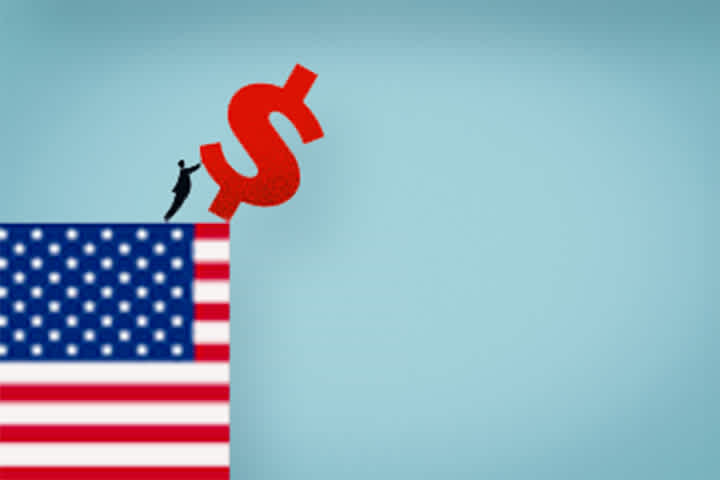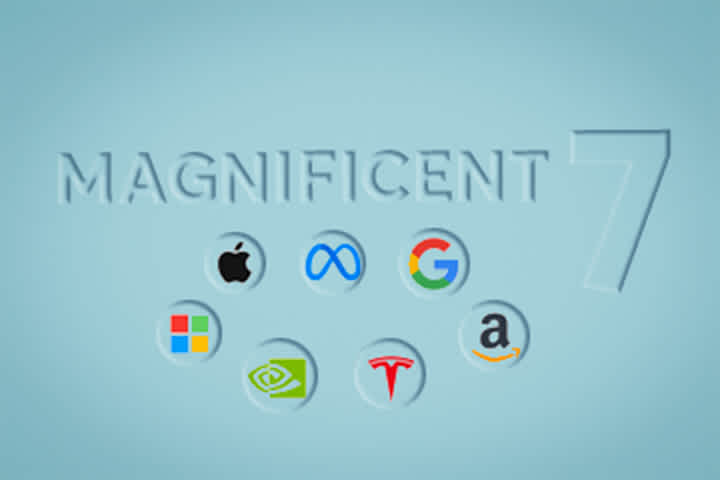3 ways to invest when you don't have much time.
Keytrade Bank
keytradebank.be
May 29, 2024
3 minutes to read
You don't become a neurosurgeon, chess master or football pro from one day to the next. However, you can start to invest without spending hours doing research or studying.
Study quarterly figures 4 times a year. Analyse price graphs. Read every article in every business newspaper... Just like gardening or cooking, you can make investing as complex as you like. However, most people have other things to do. Fortunately, you can invest even if you don't feel like it or have the time. There are 3 options:
1. Invest in trackers or investment funds
Trackers track an index, such as the S&P 500 (the 500 largest US companies on the stock market) or Stoxx Europe 600 (600 large, medium and small European companies). A tracker aims to achieve the same return as the index it tracks. The main advantage? With a tracker, you indirectly invest in dozens or hundreds of companies that are included in that index in one fell swoop. This means that you do not have to invest your time and energy in selecting individual shares or bonds.
How does this differ from a fund? A tracker typically follows an index passively, but an investment fund is actively managed by a team of professionals. They try to 'beat' the market by choosing which companies they want to invest in. As with a tracker, this allows you to invest in a wide range of companies indirectly. However, a fund's active management costs more than a tracker, and you do not have any guarantee that the return will be better.
By investing in a handful of trackers and/or funds, you can put together a full-fledged portfolio. And you won't have to keep monitoring your investments. You invest, and you simply let the market or manager do its job. Of course, it is still important to review your investments at least a few times a year and to adjust them if necessary.
All that is left for you to do then is to choose what you want to invest in. You can also make this as simple or complex as you wish. If you want to keep things simple, it may even be sufficient to invest in one or two trackers or funds: one in global stocks and/or one in global government and corporate bonds. A potentially suitable stock index you can track with a tracker is the MSCI ACWI. This includes more than 2,800 shares from 47 countries. For bonds, a tracker of the Bloomberg Barclays Global Aggregate Bond Index may be a good option. This index is a diverse basket of more than 10,000 bonds.
Good to know: some trackers and funds invest in stocks, bonds and other assets. These are referred to as multi-asset trackers and mixed funds. The mixed funds also includes a category called flexible mixed funds. These funds gives the manager the freedom to invest more in stocks or more in bonds depending on the market conditions. At Keytrade Bank, you can choose from around 6,000 trackers and more than 600 funds.
2. Periodic investment plan
A periodic investment plan is a strategy in which you invest a set amount in one or more investment funds automatically at regular intervals. This can be monthly, quarterly or even annually. The advantage of this approach is that it helps to reduce the impact of market fluctuations. By investing consistently, you buy more when prices are low and less when prices are high. This way, you work towards a more stable return in the long term.
This method is particularly suitable for people who don't want or can't follow the market all the time but still want to build their assets bit by bit. A periodic investment plan also has psychological benefits: it pre-empts the temptation to try and time the market. Timing the market is useless, as no one can predict what the stock market will do in the short term.
In a nutshell: a periodic investment plan is an easy and efficient way to invest without the need for daily involvement. It enables you to achieve your financial goals with minimal effort, which is essential when you don't have much time. At Keytrade Bank, you can opt for a ready-made periodic investment plan, or you can put together your own investment plan yourself. You can also set up aperiodic investment plan for a child.

3. Discretionary management (investment decisions are made by the manager)
In this approach, you leave the management of your portfolio to the professionals. The investment decisions are made at the manager's discretion. This is ideal for those looking for returns without getting involved in the stock market on a daily basis. With discretionary management, you rely on a team that makes the decisions on your investments' composition and management for you in line with your personal objectives and risk tolerance. This strategy is less suitable if you want to invest a small amount. At Keytrade Bank, the entry threshold is 15,000 euros.
The main advantage of discretionary management is that you don't have to worry at all about the complexity and time involved in actively managing a portfolio. You don't have to keep an eye on the market yourself, draw up analyses or respond to economic developments and new investment opportunities. The managers will do all this for you and adjust your investments where necessary.
Discretionary management starts with an analysis of your situation and objectives. Based on that information, you then choose the strategy that best suits your profile . The manager then starts to manage your portfolio and will keep trying to find the best opportunities in the market.
Discretionary management means you ’let go’ somewhat, but your money will not disappear into a black box. You can always view your portfolio composition and you receive regular reports and updates.
The costs of discretionary management are usually slightly higher than, say, managing a portfolio of trackers yourself. However, these costs are often justified by the potential added value an expert manager offers, especially in unpredictable or turbulent markets. If you opt for discretionary management at Keytrade Bank, your portfolio will be put together with cost-efficient trackers.


